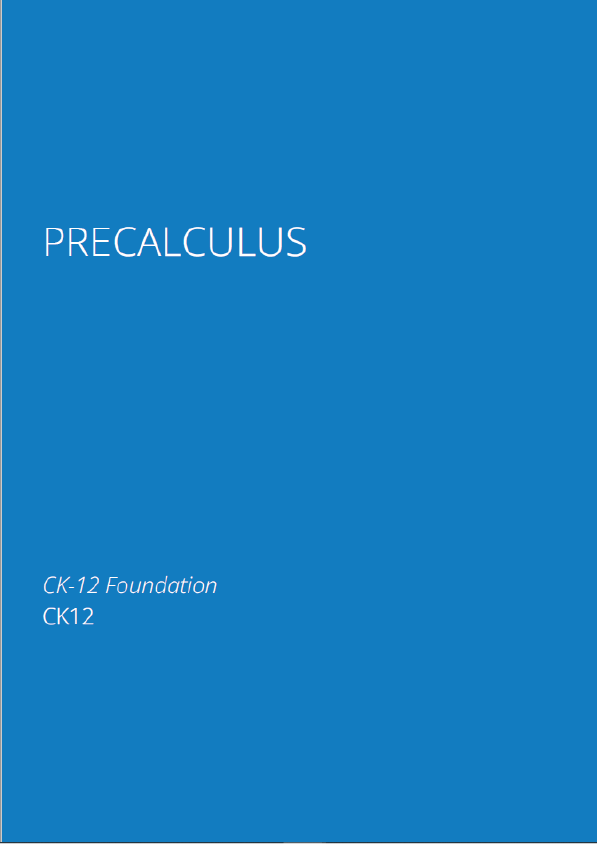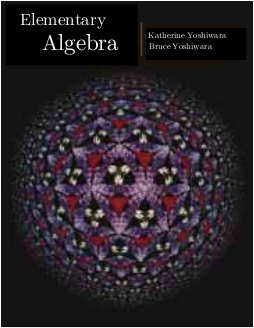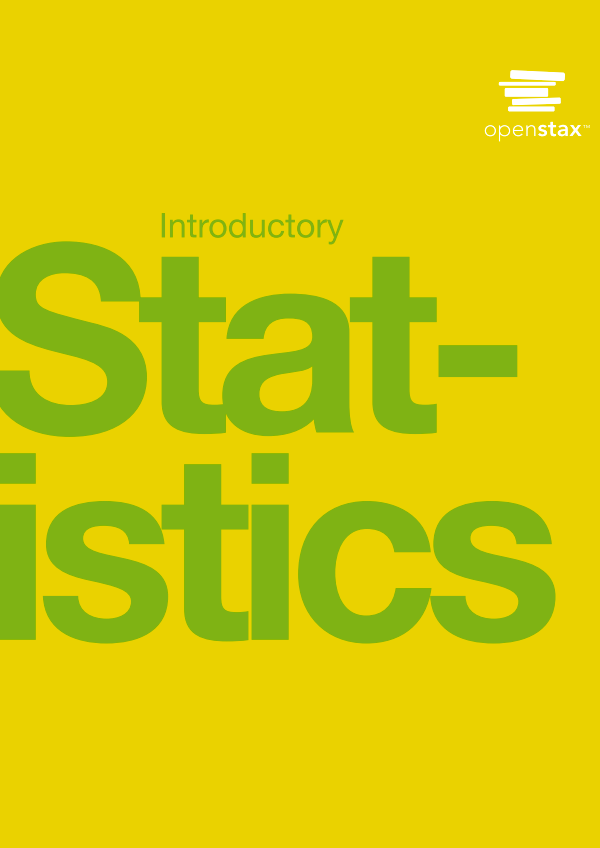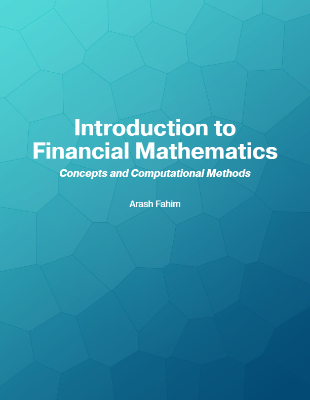Functions come in all different shapes. A few are very closely related and others are very different, but often confused. For example, what is the difference between and ? They both have an and a 2 and they both equal 4 when , but one eventually becomes much bigger than the other.
Families of Functions
If mathematicians are cooks, then families of functions are their ingredients. Each family of functions has its own flavor and personality. Before you learn to combine functions to create an infinite number of potential models, you need to get a clear idea of the name of each function family and how it acts.
The power function family has two parameters. The parameter is a vertical scale factor. The parameter controls everything about the shape. The reason why all the functions so far are subsets of the larger power function family is because they only differ in their value of . The power function family also shows you that there are an infinite number of other functions like quartics and quintics that don’t really need a whole category of their own. The power function family can be extended to create polynomials and rational functions.
The exponential function family is one of the first functions you see where is not the base of the exponent. This function eventually grows much faster than any power function. is a very common exponential function as well. Many applications like biology and finance require the use of exponential growth.
The logarithmic function is closely related to the exponential function family. Many people confuse the graph of the log function with the square root function. Careful analysis will show several important differences. The log function is the basis for the Richter Scale which is how earthquakes are measured.
The logistic function is a combination of the exponential function and the reciprocal function. This curve is very powerful because it models population growths where the maximum population is limited by environmental resources.
The basic functions are powerful, but they are extremely limited until you can change them to match any given situation. Transformation means that you can change the equation of a basic function by adding, subtracting, and/or multiplying by constants and thus cause a corresponding change in the graph. What are the effects of the following transformations?











